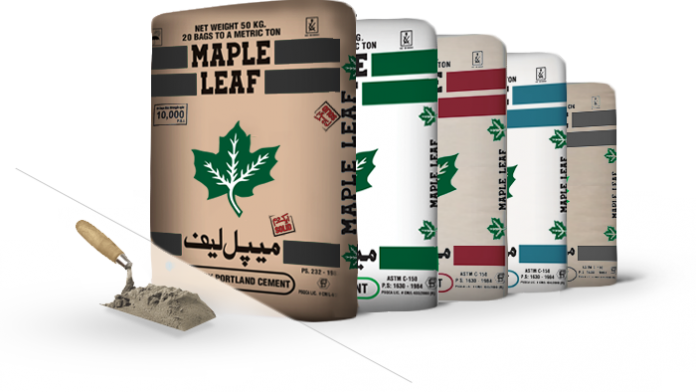LAHORE: The Maple Leaf Cement Factory Limited (MLCF) announced the opening of a letter of credit (LC) related to the expansion of its waste heat recovery (WHR) plant to 25MW from the existing 16MW.
The company plans to boost its WHR’s capacity with an expected outlay of Rs1.8 billion likely to be financed through the issuance of debt.
The purpose of the said expansion would be to substitute the company’s reliance on electricity generated through expensive alternatives (i.e national grid or FO-based generation).
According to KASB Research, the expansion is projected to substitute 10 per cent of the company’s overall electricity requirements (~75MW) and yield an estimated after-tax savings of Rs468 million (EPS: Rs0.43) on an annual basis.
Talking to Profit, MLCF Chief Executive Officer (CEO) Sayeed Tariq Saigol said that our endeavours as a company has always been to reduce our production costs and increasing our electricity production through waste heat recovery plant will aid in this.
Furthermore, it’s an environmental-friendly way of producing power and we are aiming as a company to reduce our carbon footprint over the coming years, Saigol maintained.
Shankar Talreja, deputy head of research at Topline Securities Ltd also ascertained that as per MLCF’s notice to Pakistan Stock Exchange (PSX), it is planning to expand its WHR capacity to 25MW from current ~15.7MW, incurring a capital expenditure of Rs1.8 billion.
Talreja added that the company requires electricity of over 65MW. Majority of which is satisfied through electricity generated by coal, followed by WHR and remaining by grid or furnace oil (FO), whichever is cheaper.
He added that due to an increase in cement demand, we believe this will be a replacement for grid or FO, generating savings to the tune of Rs8-10 per Kwh.
Talreja said that as per his company’s back of the envelope calculation, the company’s profitability will be augmented by Rs0.4 per share (annualized). This project is expected to commence by Sep 2021.
As per channel checks, this will be installed with a new line and its utilization can cross 90 per cent, he said.




